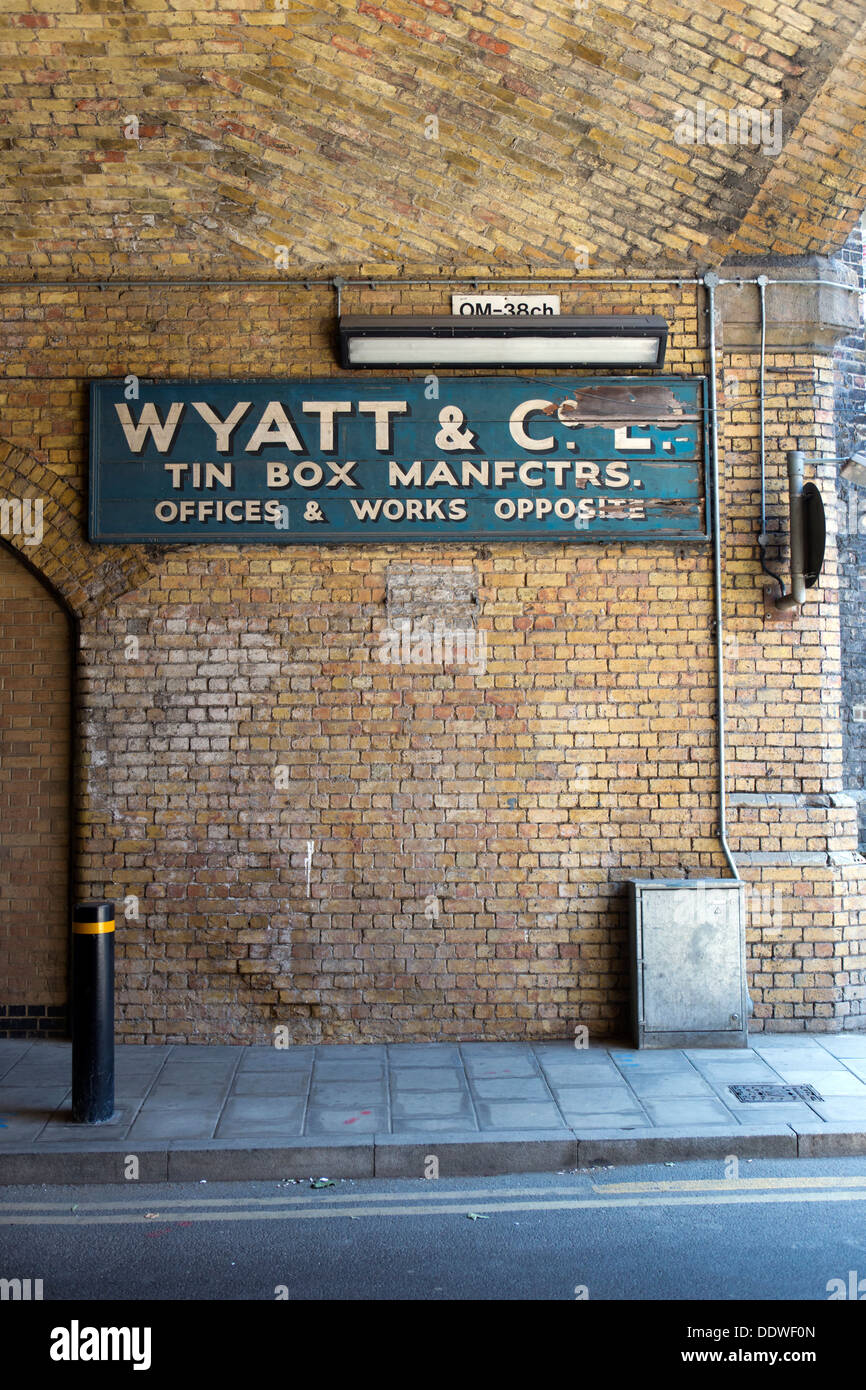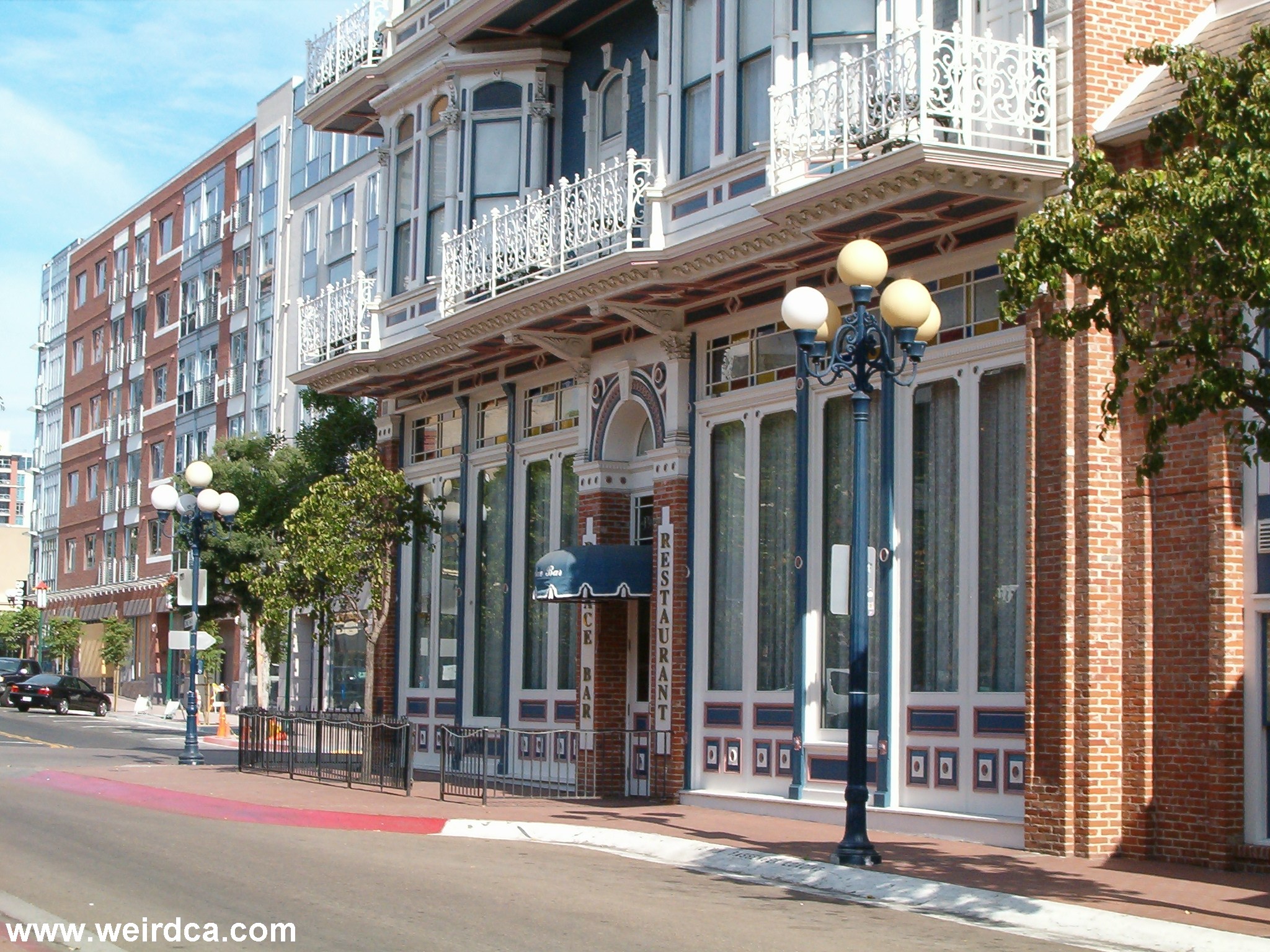Wyatt Earp Gambling Hall San Diego
Gambler. Saloon-keeper. Faro banker. Boxing referee. Policeman. Pimp. Sheriff.
Earp owned or leased four saloons and gambling halls in San Diego. The most famous was the Oyster Bar located in the Louis Bank Building at 837 5th Avenue. He refereed at local prize fights. During the heyday of San Diego's boom, Earp won a trotting horse named Otto Rex. Wyatt earp gambling hall san diego Company Registration Number C50978. 2.3 Dazzletag Entertainment Limited is licensed to provide remote casino facilities to customers in Great Britain by the British Gambling Commission under License Number 039358-R-319429-009.
The man-legend Hollywood crafted in reams of movies and TV shows reinvented himself over and over as he moved from one dusty boomtown to the next. Aspen. Bodie. Denver. Dodge City. Goldfield. Gunnison. Prescott. San Francisco. Tombstone.
As these cities grew, so did the number of gambling saloon operators looking to relieve fistfuls of dollars from a population of men rotating in and out of the backwoods, mineshafts, and cattle trails.
In all these cities, Wyatt Earp was there, hustling as a faro table banker, providing muscle for bordellos and shooting dead cowboys who crossed him. Wherever Earp traveled, vice and violence followed him, defined him, and infested him until his last years, years spent as an unpaid film consultant trying to convince Hollywood biographers and
directors to tell favorable tales about his unfavorable life.
Range Life
Born in Monmouth, Illinois in 1848, Earp’s life began unsettled and remained so for his eighty years on earth. When he was sixteen, his family joined the half a million Americans that moved west during the Gold Rush years. Earp’s parents and three brothers (Virgil, James, and Newton) followed the wagon wheel ruts to San Bernadino, California where they rented a 60-acre farm, staying for only four years.
Here, Earp transported cargo from California into the Great Basin for a stagecoach line Virgil drove for. These four years exposed him to gambling saloons and molded Wyatt into a skillful boxer, champion target shooter, and heavyweight drinker.
Wyatt stood out from the pack of ordinary dirt farmers that landed in the new west. From Andrew Isenberg’s Wyatt Earp, A Vigilante Life: “As he approached adulthood, he grew to an imposing size… weighing in the neighborhood of one hundred and sixty pounds, all of it muscle.
He stood six feet in height. The Earps towered over most other men in the mid- 19th-century America, where the average man was five feet eight inches tall. Tall and muscular, the Earp brothers were not only physically imposing but…handsome: dark blond with high foreheads and deepset blue eyes.”
The family next moved to Lamar, Missouri. Here, Wyatt would marry, lose his wife to typhoid fever, become a town constable, be accused of stealing $200 in taxes, and then flee the charges and head into the Cherokee Nation, now Oklahoma, where a combustible mix of outlaws, Indians, and government scouts lived amid constant chaos. Wyatt was accused of stealing horses, apprehended, and sentenced to prison. During a daylight escape with six prisoners, he broke free and bolted to Peoria, Illinois to join Virgil in the city’s impressive bordello trade. Peoria’s red light district, Bunker Hill, was said to have 400 brothels and 7,000 prostitutes.
Wyatt settled in with Jane Haspel — a well known Peoria madam — in a house where police later arrested him for consorting with prostitutes, resulting in a $20 fine.

In 1875, Wyatt headed to Wichita, Kansas. The terminus for Texas cattle hands bored and flush with cash after three months of pushing cattle packs to the city’s railroad is where Earp first banked faro.
This gambling trade would, off and on, sustain him for the rest of life.
Faro “just as legitimate a business enterprise as the savings bank down the street,” according to Earp biographer Stuart Lake, was the action game that kept the west’s saloons humming in 19thcentury.
The game used a 52-card deck, bets were placed on a green cloth playing surface called a layout (with images of the 13 cards in a suit), the dealer drew two cards with the first “banker” card being a losing card that would see the dealer collect all bets on that number, and the second “winning card” paying even money for bets on that number. If both cards had the same value (called a split) the dealer collected half of players’ bets on that card.
The simple luck game also offered other bets (coppered, whipsaw, high cards, squares) so the layout, similar to a modern roulette table, was a mess of wager towers and usually required a dealer assistant and a casekeeper who kept a scorecard, usually on an abacus, of the numbers drawn.
The only reason faro flourished in the Gold Rush boom years (the house edge in a straight game of Faro is only 0.23 percent on a straight winning/losing card bet) was due to the rigging of the dealer box, which ensured profits for operators like Earp.
Earp was deputized Wichita’s city marshal after helping arrest a band of wagon thieves. Two years later, he was run out of town. Earp beat a mayoral candidate, Bill Smith, senseless during a heated election.
From Wyatt Earp, A Vigilante Life: “Wyatt, Smith implied, was nothing more than a jumped-up pimp. Smith knew both that his words would be relayed to Earp, and that such a provocation could only be met with violence.” Wyatt did indeed seek out Smith, intending, according to Wichita’s Beacon, to “mutilate and disable” him, which brought an arrest, a $30 fine, and dismissal from the police force.
When the railroad hit Dodge City, Kansas it was no longer just a destination for buffalo-bone traders, but it was also the end of the line for the Great Western Cattle Trail and the next big come-up town with money to burn. Earp jumped there next, acting as assistant marshal, dealing faro, and taking gambling road trips to Texas, where he met lifelong friend Doc Holliday.
In Dodge City, Earp killed his first man, a drunk cowboy who lit up a dance hall in the middle of the night with gunfire. Earp chased the fleeing horsemen across the Arkansas River and shot him dead.
Tombstone, Arizona
Again and again, Wyatt and Virgil Earp wore badges in frontier towns. In 1880, Wyatt joined Virgil, then acting as Tombstone city marshal, as deputy sheriff of Pima County.
Wyatt Earp's Funeral
But Tombstone was the most wideopen hardscrabble they had yet to pull into. Its population doubled every few months as more than $80 million in silver was pulled from the ground. One hundred and ten saloons. Gambling halls everywhere. Fertile ground for Wyatt’s faro expertise.
From Wyatt Earp, A Vigilante Life: “The centrality of faro to Wyatt’s life in Tombstone became clear on June 22, 1881 when a fire that ultimately destroyed four city blocks broke out in the city. When the alarm was raised, Wyatt was dealing faro in the back of a saloon. ‘Seemingly instantaneously with the explosion and the busting of the flames,’ the Epitaph reported, ‘the alarm spread and people rushed to the scene.’ Wyatt, however, was not among those. With thousands of dollars spread before him on the faro layout, Wyatt risked his life not to fight the fire but to rescue his money.”
But faro soon took a back seat to surviving. The conflagration that came to define Wyatt Earp’s legacy and life — the gunfight at the O.K. Corral — took place after Virgil Earp confronted a group of five cowboys that had threatened to kill the brothers for trying to arrest a gang of back-country stagecoach robbers.
The night before Tom McLaury, Frank McLaury, and Billy Clanton would die in the dusty lot adjacent to the O.K. Corral, another cowboy, Ike Clanton, left an all-night poker game belligerent and drunk. He parked his buzzed frame on a Tombstone street corner, slurring to every passer-by of his intention to kill the Earps and Holliday. He was disarmed, pistol whipped by Virgil, and arrested.
When released next morning, Wyatt confronted Ike: “You dirty cow thief, you have been threatening our lives. If you are anxious to make a fight I will go anywhere to make a fight with you, even over to San Simon, among your people.” Ike rearmed and joined the other cowboys who had fortified themselves between two buildings and the corral. Virgil took Wyatt, Morgan Earp and Holliday with him to settle the feud.
The Earps would look over their shoulders for the rest of their lives.
Months later, Virgil Earp was hit with a shotgun blast in his left shoulder and arm. Morgan Earp was killed while playing pool. The gunman hidden outside an open window just missed Wyatt Earp with the shot.
Wyatt sought revenge, and he and a posse killed three or four other cowboys before fleeing the state, blood on their hands, as wanted men.
Rounder
After this killing season, Earp holed up in Gunnison, Colorado. Despite being “professional gamblers and bad men,” according to a Gunnison cop, the town sheriff offered a year’s residence in town while the heat subsided. Earp ran a faro bank. Always the hustler, he tried to sell a fake gold brick to a German named Ritchie for $2,000.
From Wyatt Earp, A Vigilante Life: “Wyatt’s reputation … was suspect because from the time he left Tombstone in 1882, he slid back into the louche world of gamblers. He became what 19th-century Americans called a rounder: a man who made the rounds of saloons, brothels and gambling halls.”
Over next eight years, Earp rambled from town to town. He returned to Dodge City to settle a violent dispute between two faro operators, opened the White Elephant saloon in Eagle City, Idaho, gambled on mining claims, opened the Fashion saloon in Aspen, Colorado, and heavily speculated on real estate in San Diego (which would eventually break him), where he also started hustling on the horse-racing circuit. In between, he was accused of fixing a horse race ten miles east of Tijuana, and promoted bareknuckle fights.
Wyatt Earp Bio
He moved to San Franciso in 1891, claiming he “owned only the clothes on his back.” Here, he got mixed up in the most dubious scam of his life.
The Fix Is In
On December 2, 1896, Earp was a lastminute referee stand-in for a heavyweight boxing match between Bob Fitzsimmons and Tom Sharkey.
Earp was clearly out of his league. The old gunslinger entered the ring with a Colt .45 tucked into his waistband, and had to sheepishly be disarmed in front of the entire gate.
It was the most anticipated fight of the year, a fight Wyatt Earp helped fix, creating the largest sports-rigging scandal America had ever seen, only eclipsed, 25 years later, by the World Series Black Sox scandal.
Fitzsimmons was a 3-to-1 favorite. When word got out that Earp was the eleventh-hour referee choice, the odds dropped in half.
Fitzsimmons dominated the fight in front of the 15,000 fans that packed Mechanics’ Pavilion. Sharkey hit the canvas in the first and fifth rounds. In the eighth round, it appeared to be all over.
Sharkey took a solid jab, body shot, and crushing shot to the jaw that collapsed him to the mat. But Earp ruled that the body shot was a foul, that it hit Sharkey below the belt. That Fitzsimmons, who had owned his opponent, was disqualified.
It’s rumored that Earp pocketed $2,500, enough to clear his debts, for orchestrating the bogus disqualification.
Last Headlines
In his later years, Wyatt chased gold claims in the last boomtowns — managing saloons in Nome, Alaska and Tonapah, Nevada.
Still a tough son-of-a bitch in his old age, in 1910, the 62-year-old was hired as muscle to protect American Trona’s Death Valley borax claims from a rival. Earp shot at the feet of a man and was arrested by U.S. marshals for trespassing.
Wyatt Earp Saloon San Diego
In 1911, he was arrested one last time, in Los Angeles, for running a crooked faro game. This police blotter, referencing the Fitzsimmons scandal, made the old cowboy a national headline.
Wyatt Earp Gambling Hall And Saloon San Diego

The first line of Wytt Earp’s biography, a biography written after he hired and fired multiple writers as he muscled for editorial control to vindicate his legend, Wyatt Earp: Frontier Marshal read “Wyatt Earp was a man of action.”

Earp died January 13, 1929. ♠